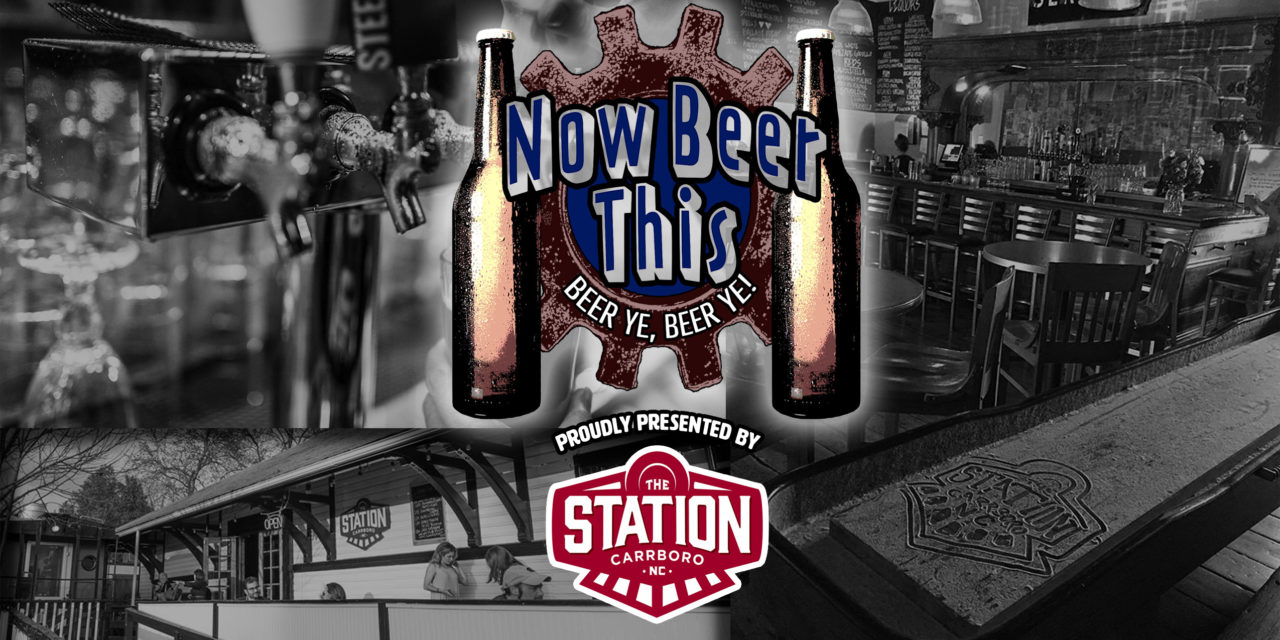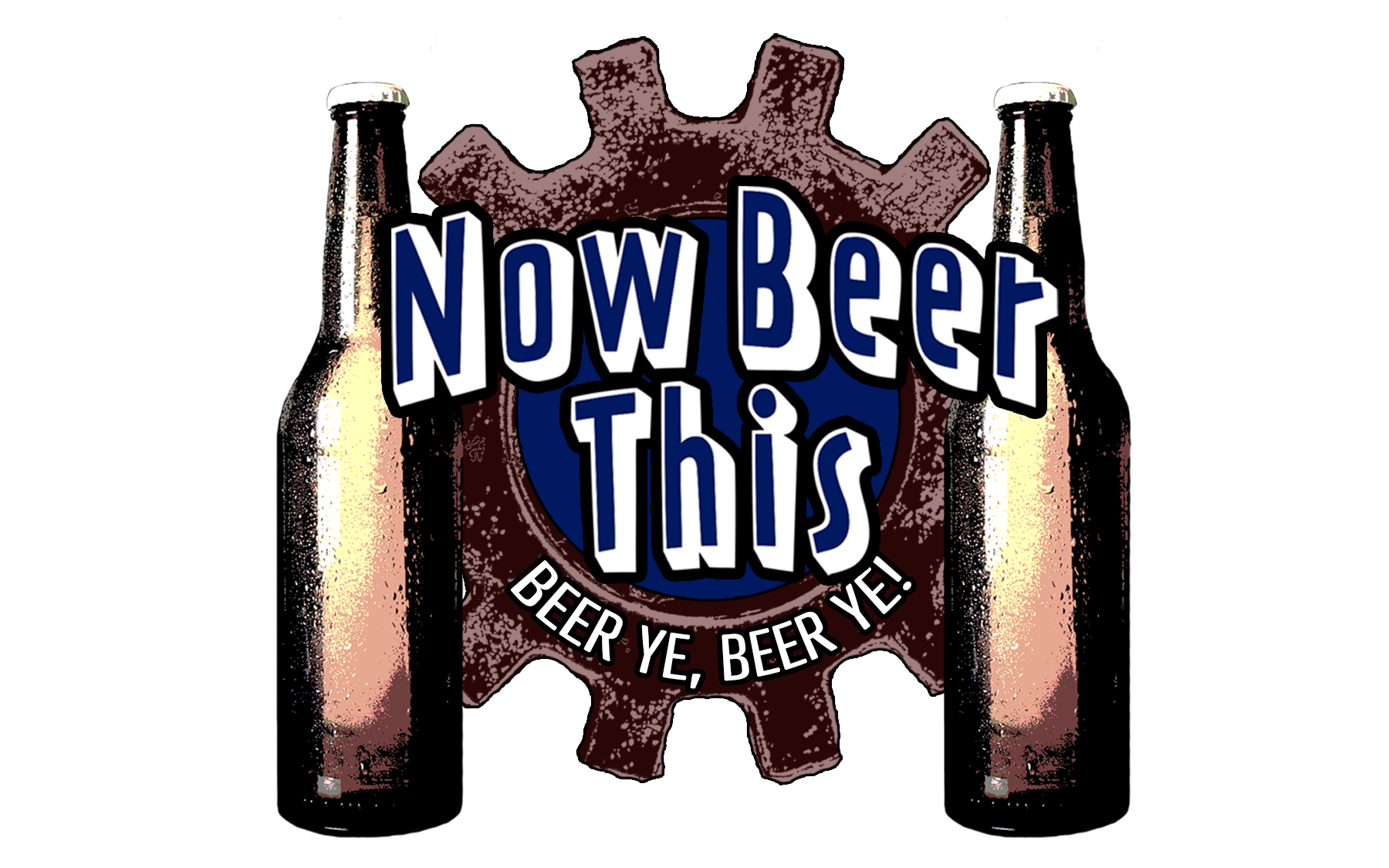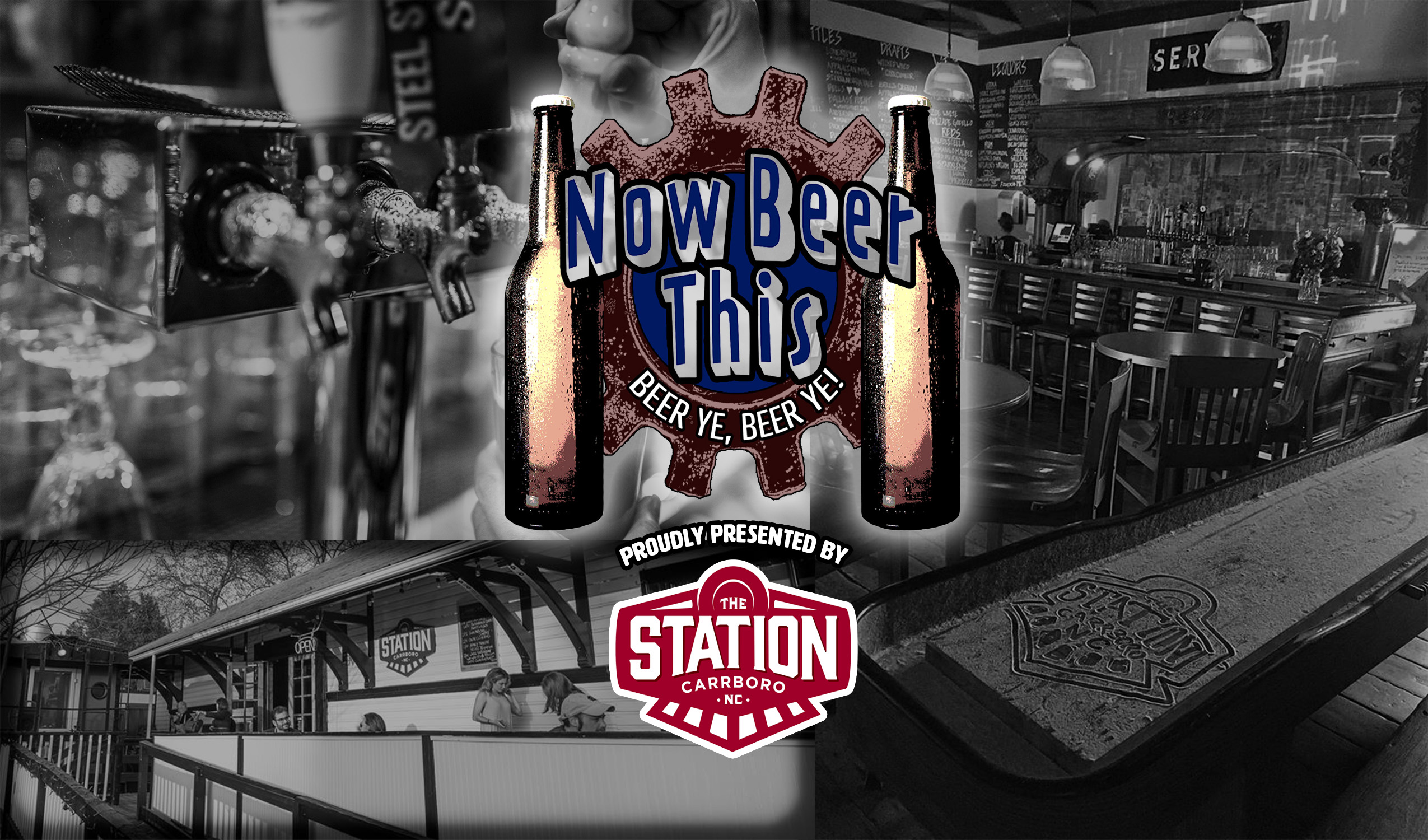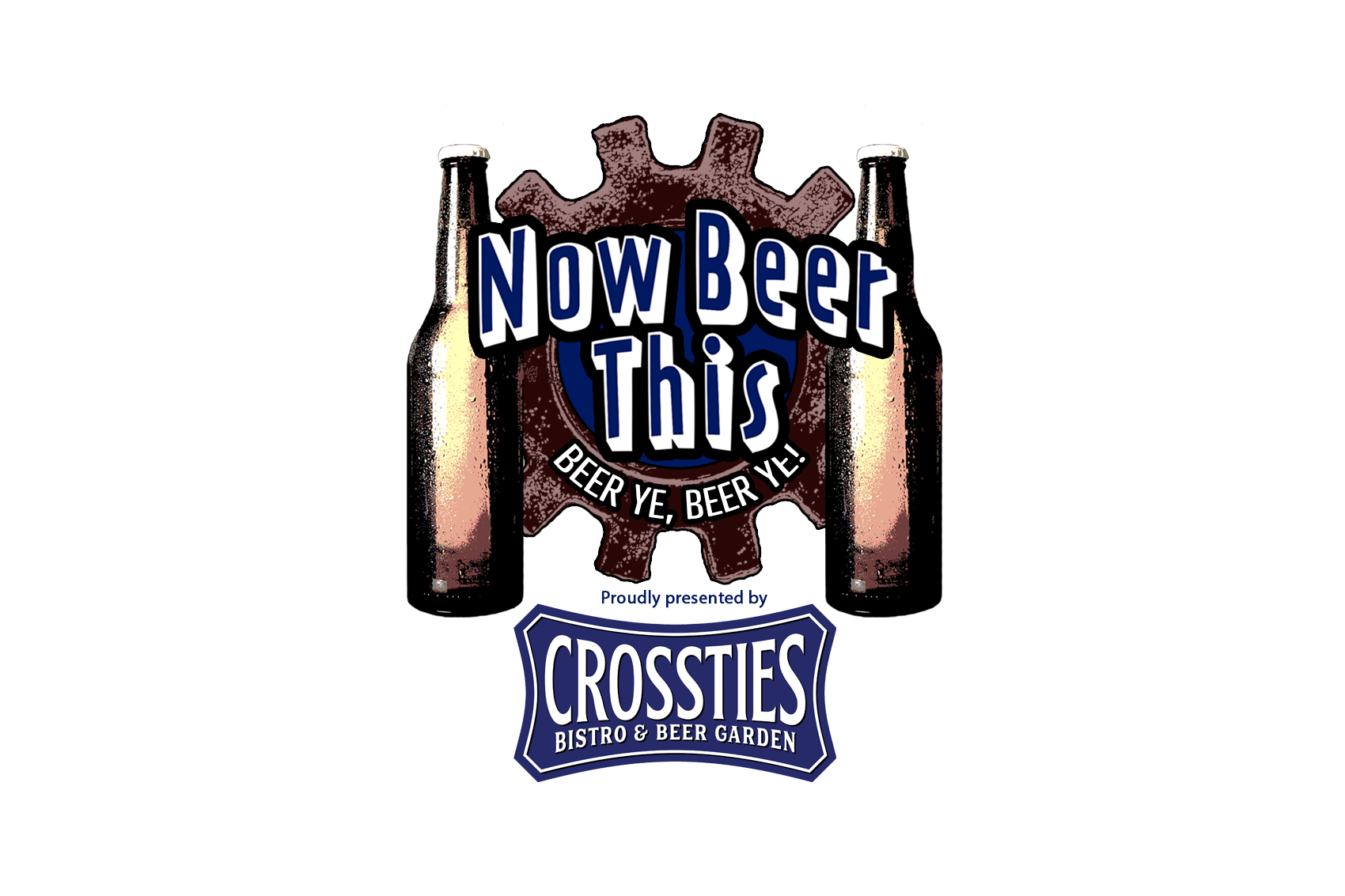It’s Orval Day! Or, at least it was… on March 23.
If you’re trying to figure out a brilliant marketing strategy, just assign a particular day of the year to your product and only good things can happen. You make donuts? Tomorrow is Donut Day! You make socks? Tomorrow is Sock Day! Come get ya socks! I feel a little manipulated, but if I’m being honest with myself, I was looking for an excuse to drink Orval anyway.
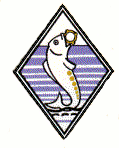
The Orval logo, reflecting the legend of the “Golden Valley.”
How did Orval get it’s own day? Well, it’s not that exciting of a story — the importer of this famous Trappist beer from Belgium designates one Saturday a year on which they’ll donate all sales of Orval to a charity. Yay for them.
But let’s talk about the more interesting stuff. Belgian beer in particular is fascinating. So fascinating, in fact, that I’ve written about it right on these here interwebs. Orval belongs to a particularly mysterious niche of Belgian brewing, the Trappist Ales. These beers are made in one of 11 officially recognized Trappist monasteries where brewing is done by actual, honest-to-goodness monks. In fact, no other breweries in the world are legally allowed to say they make Trappist Ales; they can say they make “abbey style ales”, though, but then we all know they are posers. Suck it, posers. I’m sure the monks say that all the time.
There’s a great story about how Orval — the Golden Valley — got its name: A princess lost a ring, and a fish came and spat it back at her, and she pronounced that this was truly a golden valley. Obviously nonsense, but if you buy a bottle of Orval today, you will now understand what that little fish with a ring in his mouth is doing on the label. Monks were first recorded living there in 1070 A.D., and brewing must have started not long after that. Beer has often been used by monks as a fasting cheat (you’ve heard all of that “liquid bread” claptrap), and who can blame them? First, who wants to fast? Second, if you’re stuck living with a whole bunch of dudes, who wants to be sober?
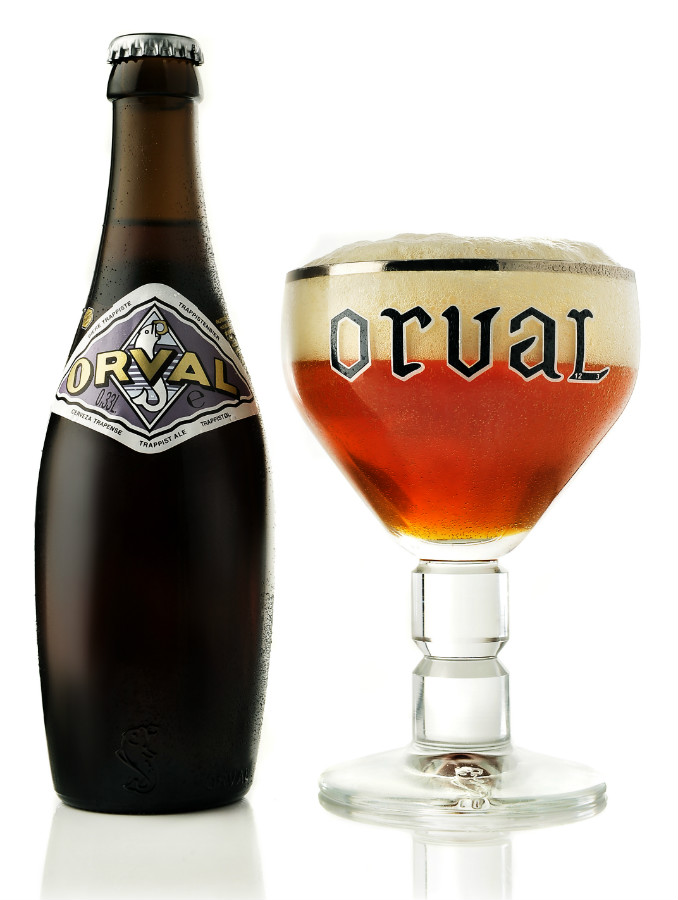 But what’s the beer like?! The most obvious thing about Orval is the Brett. Brettanomyces is a yeast strain that is used to ferment this beer, along with more traditional brewer’s yeast, and results in a dryer product, but is particularly noticeable in the nose. Brett gives off what many people describe as a barnyard scent, as it is reminiscent of horse blankets if you’re a romantic, or goats if you’re a normal person (who also happens to know what goats smell like). I know, I’m not selling you on this, but trust me, it’s interesting, and more importantly it’s good. The beer itself is extremely effervescent, and with the dryness caused by those little Brett fungi eating up all of the sugar, you get a very champagne-like beer. That smells like goats. Unlike many Belgian beers, Orval does have a surprising amount of bitterness, and just a smidge of Noble Hop (Hallertau) aroma. That floral hop combines with the horse blanket for a pretty pleasant, let us say outdoorsy drinking experience.
But what’s the beer like?! The most obvious thing about Orval is the Brett. Brettanomyces is a yeast strain that is used to ferment this beer, along with more traditional brewer’s yeast, and results in a dryer product, but is particularly noticeable in the nose. Brett gives off what many people describe as a barnyard scent, as it is reminiscent of horse blankets if you’re a romantic, or goats if you’re a normal person (who also happens to know what goats smell like). I know, I’m not selling you on this, but trust me, it’s interesting, and more importantly it’s good. The beer itself is extremely effervescent, and with the dryness caused by those little Brett fungi eating up all of the sugar, you get a very champagne-like beer. That smells like goats. Unlike many Belgian beers, Orval does have a surprising amount of bitterness, and just a smidge of Noble Hop (Hallertau) aroma. That floral hop combines with the horse blanket for a pretty pleasant, let us say outdoorsy drinking experience.
But if you wanted a shorter, concise, beer nerd description, here ya go: Orval is a Brut Brett Pale Ale. There. I said it. See, there’s nothing new under the sun. Those monks were doing Brut Pales before you beardy boys even thought of it.
I know my description is probably not doing it any favors, but Orval is hands down my favorite my favorite Trappist Ale. It’s absolutely unique but in a way that is endearing. Like Webster. Not like Gilbert Gottfried.
I know you don’t want to, but go getchoo some!

